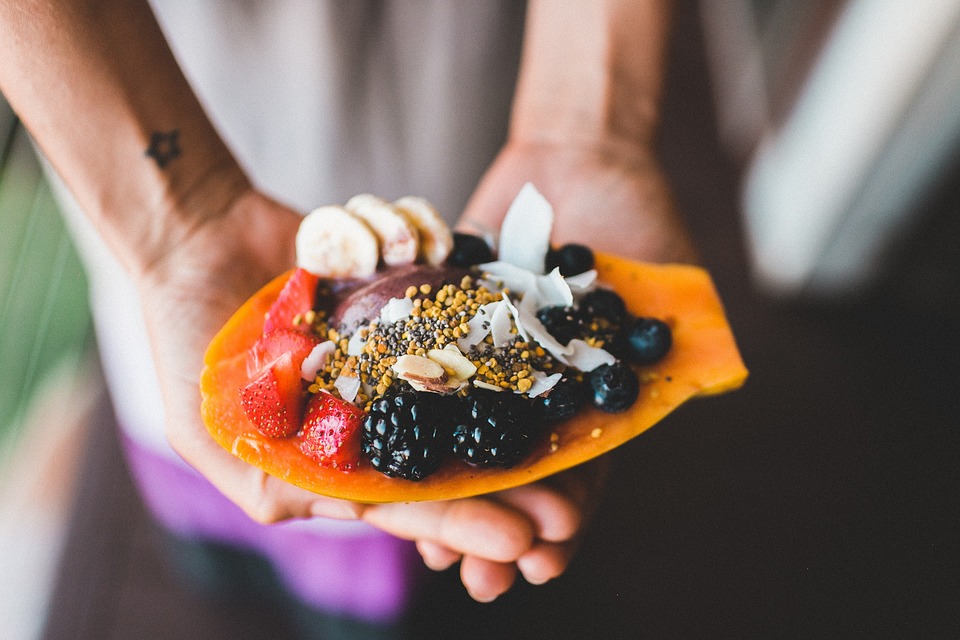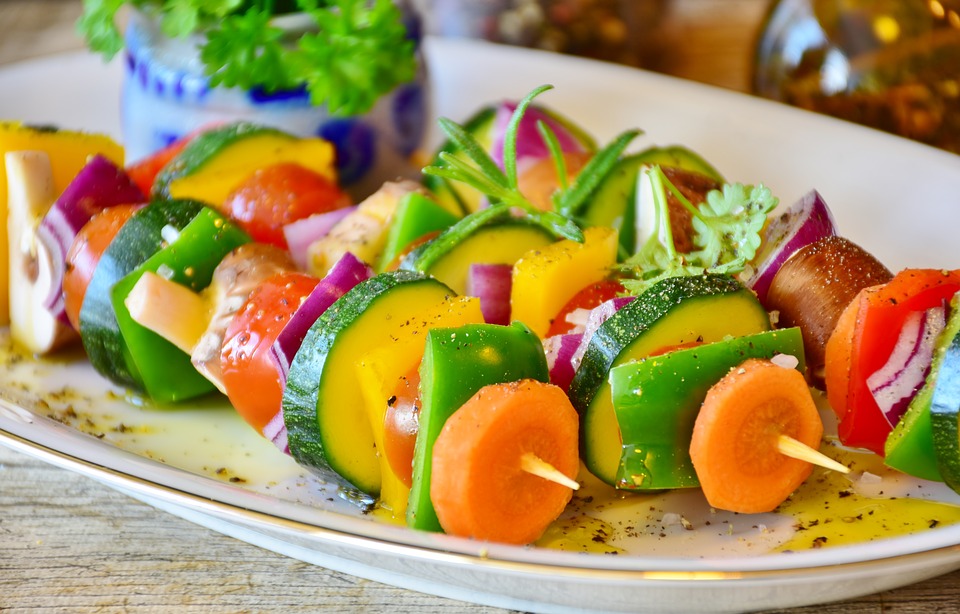
Each January, people pledge to make big changes in their lives. Some commit to an ambitious gym regime, while some strive to kick bad habits once and for all. According to Statistica, the most popular New Year’s resolution in the UK for 2020 was to eat healthier (44 percent of respondents) and a further nine per cent of respondents declared their ambition to become vegan or vegetarian. This is no surprise. Veganuary has received more hype than ever before, with big brands jumping on the trend and more people than ever taking the pledge.
In becoming more mainstream, veganism has managed to shake off some outdated stereotypes. No longer is our go-to archetypal vegan adorned with dreadlocks, harem pants and hemp products. Today, the dietary choice has stripped away the stereotype and is endorsed by people from all walks of life.
According to Dominika Piasecka, spokeswoman for The Vegan Society, “The image of veganism is undergoing the most radical change in its history, while shedding some tired old stereotypes”. Thanks to the food industry, the beauty industry and the media, the face of veganism has changed and become more accessible and appealing to the masses. Here’s how:
Vegan fast food
If you haven’t been living under a rock, you’ve probably noticed the surge of brand-new vegan fast food dishes that have been introduced this January. Chains including Greggs, KFC and Costa, have all made a big effort to introduce veganism to their food ranges, with roaring success.
Greggs in particular is proving to be a forerunner in the vegan fast food trend. Last January saw the release of the wonderfully controversial vegan sausage roll —whether you were happily cutting down on your meat intake or enraged by the mere prospect of pastry-covered Quorn as some protesters were, it was impossible to miss the hype surrounding this product. After its January launch, the vegan sausage roll became one of Greggs’ top 10 bestselling products, which helped the company’s sales soar by 13.4 per cent over the year! With the recent, highly anticipated, release of the vegan steak bake this January, we’re already seeing a similar phenomenon and vegans across the country are getting access to cheap, quick vegan meals.
It is the cheap, easy and not necessarily healthy aspect of these new products that is broadening the range of veganism. The fact that you can now stick to a vegan diet while still being able to occasionally indulge in fast food has made this dietary option far more appealing to the masses.
Vegan fashion
The fact that vegans are no longer viewed exclusively as hippies is also down to the growing world of vegan fashion. With footwear and beauty products leading the way, it is now easier than ever to dress ethically without compromising your individual style. According to Fashion United, vegan footwear accounted for 16 percent of the total UK market in 2018, up from 15 percent in 2017.Vegan trainers make up a large percentage of this and they allow vegans to take on a classic look rather than adhering to a stereotypically vegan dress code.
According to Google search trends, more people have Googled the phrase “vegan fashion” this year than ever before and the search trend has increased steadily since 2004. Clearly, more and more people are ready to take on the lifestyle change, but don’t want to sacrifice their fashion tastes. Luckily, they no longer have to!
Debunking Veganism Myths
As well as major industry innovations, the societal perception of veganism is changing dramatically. Thanks to celebrity endorsement, media attention and popular documentaries such as The Game Changers, people now have a completely different image of veganism. No longer are vegans perceived as weak, or lacking vital nutrients, as these myths have been debunked by athletes and medical professionals.
Thanks to these changes in perception and the fact that new products are being created all the time, veganism is more accessible than ever. People are no longer being put off by an outdated version of what they believe veganism to look like and more and more of us are giving this lifestyle a go!

